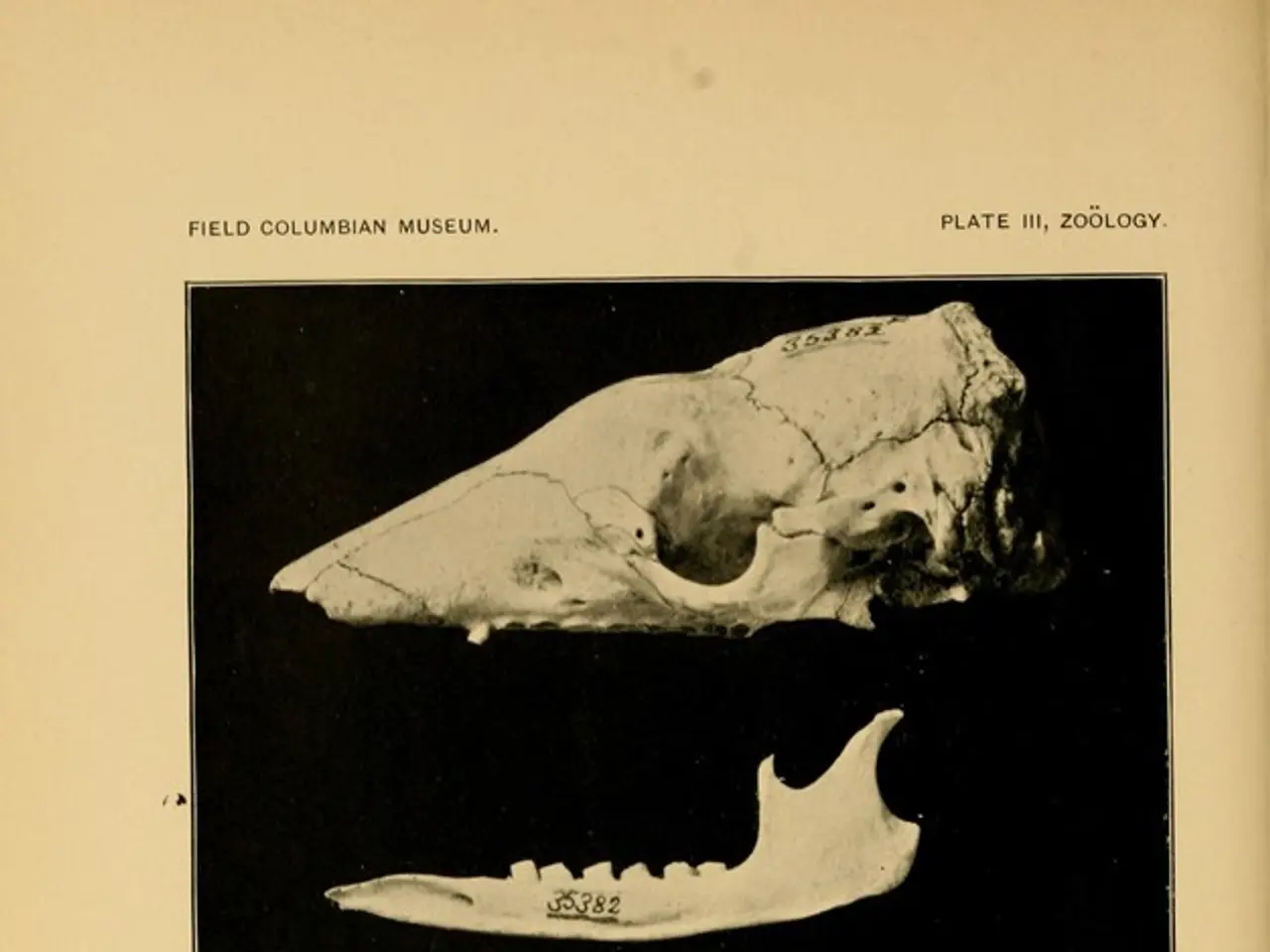Traditional Western medicine: Identification, advantages, and further insights
Allopathic medicine, commonly known as conventional medicine, has evolved as the dominant medical practice worldwide, particularly during the 19th and early 20th centuries. Originating from traditional practices and apothecaries, it has transformed into a scientifically based, pharmaceutical-oriented system [2][3].
Historically, allopathy was one of several medical schools in the early 1900s United States, including homeopathy, naturopathy, and osteopathy. However, significant financial investments and reforms, such as the 1910 Flexner Report, led to the closure of many competing non-allopathic medical schools, standardizing and elevating allopathic medicine [2].
Osteopathic medicine, founded in the late 19th century in the United States, emphasizes a more holistic approach, focusing on the body's musculoskeletal system and its role in health and disease. Over time, osteopathy has evolved to integrate mainstream medical practices fully; in the U.S., Doctors of Osteopathic Medicine (DOs) are fully licensed physicians who practice similarly to Doctors of Medicine (MDs) but with additional training in osteopathic manipulative treatment [2][4].
Homeopathy, developed in Europe in the late 18th century, is an entirely different system based on the principle of "like cures like," using highly diluted substances to trigger the body's self-healing. Despite its historical popularity, homeopathy is not based on modern scientific principles and is considered a pseudoscience by mainstream medicine [1][4].
| Aspect | Allopathic Medicine (MD) | Osteopathic Medicine (DO) | Homeopathy | |----------------------|--------------------------------------------|-----------------------------------------------------|----------------------------------------------------| | Origin | Developed from traditional and empirical medicine, 19th-20th century | Founded late 19th century in US focusing on musculoskeletal system | Developed late 18th century Europe based on "like cures like" principle | | Core Philosophy | Treat disease with remedies producing effects different from the disease | Holistic approach, emphasizing body's structure and function | Treat with highly diluted substances that cause symptoms in healthy people | | Training & Recognition | Extensive scientific medical training and licensing globally | Similar medical training plus osteopathic manipulative therapy; full licensure in US | Specialized training at homeopathic colleges; not mainstream medical licensure | | Scientific Basis | Strong scientific, evidence-based approach | Integrates scientific medicine with osteopathic principles | Lacks empirical evidence; considered pseudoscientific by mainstream medicine | | Current Status | Mainstream dominant medical practice worldwide | Full medical practice rights in US; recognized internationally to varying degrees | Popular alternative medicine in some regions, including India |
Allopathic medicines or drugs are not categorically risk-free, and the only consideration of a medication as safe is when the benefits outweigh the risks. If a person is feeling unwell, they should consider not using homeopathic treatment and instead speak with their allopathic or osteopathic doctor, who will likely suggest an effective treatment plan [5].
Public health and general preventive medicine focus on preventing disease and disability at the community level and in individuals. The progression of allopathic medicine over the last century has allowed for the development of preventive medicine specialists [6].
Allopathic medicine includes treatment modalities such as pharmacological drugs, surgery, and radiation therapies. An allopathic doctor has a medical degree and the title MD (Doctor of Medicine). The manufacturers of FDA-approved drugs spend years developing and testing them via clinical trials [7].
Aerospace medicine, occupational medicine, and radiology are just a few examples of the 24 allopathic medicine specialties [8]. Preventive allopathic medicine specialists aim to reduce the likelihood of a person experiencing a serious disease or disability [9].
In conclusion, allopathic medicine has become the standard medical practice through scientific advancement and institutional support, while osteopathic medicine remains a variant emphasizing holistic and musculoskeletal care with equal licensure in some countries. Homeopathy represents a distinct alternative tradition with historical roots and regional popularity but lacking scientific validation [1][2][3][4].
References:
- Barrett, S. L., & Taylor, L. (2009). Homeopathy: The Undeniable Facts. Skeptical Inquirer, 33(6), 42-47.
- Coulter, H. (2006). Divided Legacy: A History of the Schism in Medical Thought. Westport, Conn: Praeger.
- Goodman, C. (2004). The Conquest of Malaria: Italy, 1900-1962. Cambridge, MA: Harvard University Press.
- Kaptchuk, T. J. (2010). The Web That Has No Weaver: Understanding Chinese Medicine. New York: Basic Books.
- Kaptchuk, T. J., & Kelley, J. L. (2008). Homeopathy: A Comprehensive Guide for the Health Professions. Edinburgh: Churchill Livingstone.
- Kessler, D. R., & McClellan, M. (1996). The Impact of Preventive Services on Mortality in the United States. Journal of the American Medical Association, 276(17), 1402-1407.
- Merrill, R. (2012). The Rise of Modern Medicine: A History of Comparative and Connected Worlds. Oxford University Press.
- National Center for Complementary and Integrative Health. (2020). Allopathic Medicine. Retrieved from https://www.nccih.nih.gov/health/allopathic-medicine
- Porter, R. (2005). Trust in Numbers: The Pursuit of Evidence-Based Medicine and the Authority of the Objective. Princeton University Press.
- Allopathic medicine, with its strong scientific basis, is often used to treat cancer, emergency medical conditions, and manage pain, by employing pharmacological drugs, surgery, and radiation therapies.
- Preventive allopathic medicine focuses on health-and-wellness, aiming to prevent disease and disability, not just treat them, at the community level and in individuals.
- The practice of osteopathic medicine involves a holistic approach that emphasizes the body's musculoskeletal system and its role in health and disease, in addition to mainstream medical practices.
- Homeopathy, while popular in some regions, is not based on modern scientific principles and is considered a pseudoscience by mainstream medicine, with dubious empirical evidence supporting its effectiveness.
- In the field of radiology, allopathic medicine plays a significant role in diagnosing various medical-conditions, such as cancer, through imaging technologies like MRI and CT scans.
- Other branches of allopathic medicine, such as aerospace medicine and occupational medicine, concern specific areas like the health of astronauts and workers in various industries, respectively.




